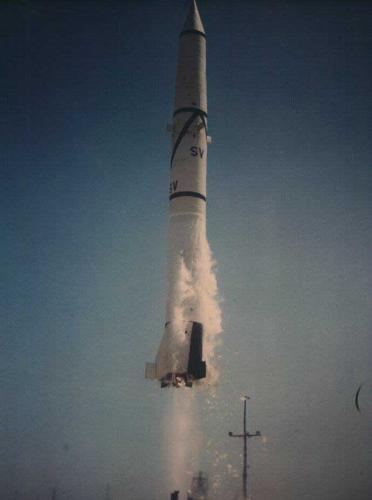Space rocket - What drives it?
By jnr1234
@jnr1234 (129)
Malaysia
January 8, 2007 2:37am CST
In the 17th century, the English physicist Sir Isaae Newton summed up one of the basic rules of the Universe in the statement: ‘Action and reaction are equal and opposite.’ For example, when the neck of an inflated balloon is released, and air rushes out through the aperture, the equal and opposite reaction to the escaping rush of air pushes the balloon forward.
Unlike a balloon, a rocket does not contain compressed gas. Instead, it manufactures gas by burning solid or liquid fuels. But once the gas has been produced, the principle is the same. As the hot exhaust gases escape from its rear, the rocket is pushed forward in an equal and opposite reaction to the rush of escaping gases. But, unlike a balloon, which darts in all directions, the rocket is designed to keep a stable course.
Columbia’s three liquid-fuelled engines, which together bum 100 tons of fuel a minute, produce a downward stream of gases that cause an opposite, upward force or reaction of 640 tons. The gases from the two solid-fuel boosters produce a reaction of 2400 tons. The total upward reaction on the shuttle is therefore more than 3000 tons. But the fully fuelled shuttle weighs only 2000 tons, so the reaction is sufficient to lift it off the ground and accelerate it towards space. Once in space, the shuttle goes into its regulated orbit around the Earth.
Do you wish to go on a rocket in the future?
1 response






